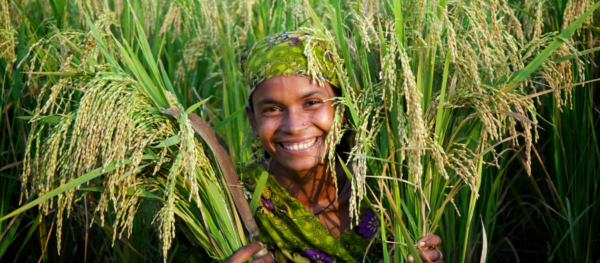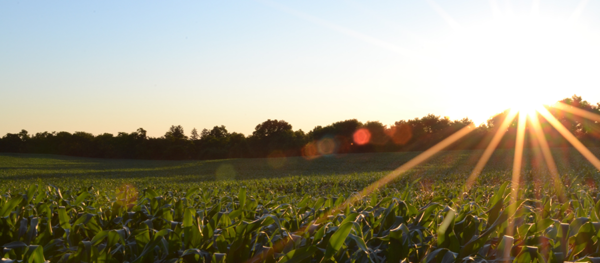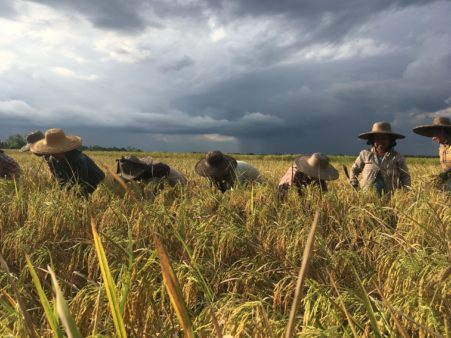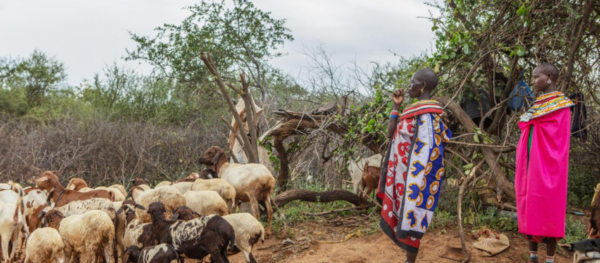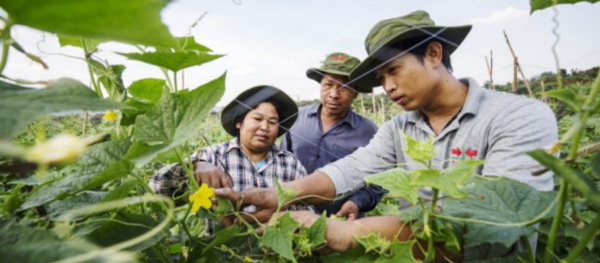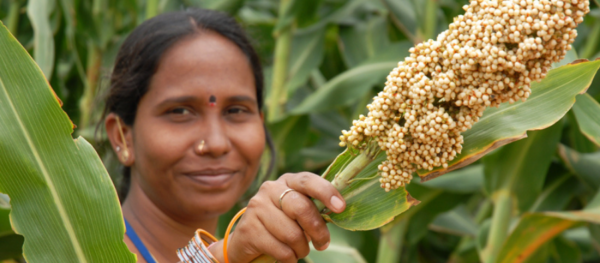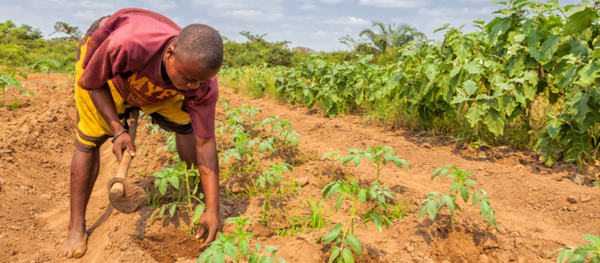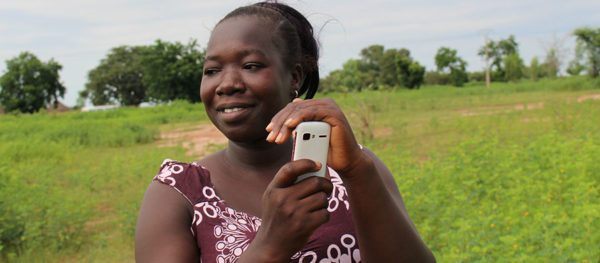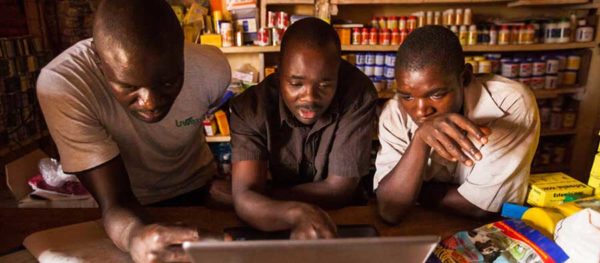Tag: smallholders

How Nutrition-Smart Agriculture Can Help Build Resilience Against the “Three C” Crises of Climate, Conflict and COVID-19
Global: How staple crop biofortification can help bolster food systems resilience in the face of the "Three C's".
Read MoreEnabling Ecosystem Partnerships to Accelerate Sustainable Agriculture and Reach the SDGs
Global: How smallholder farmers can be better equipped to help the world achieve the Sustainable Development Goals.
Read MoreHarnessing Business to Boost Agricultural Productivity
Global: Inclusive business can help to empower smallholder farmers across the globe.
Read MoreMoving Small-scale Farmers Up the Ladder of Protection and Possibility
: How the Resilience+ framework can help smallholder farmers flourish through better risk management.
Read MoreThe Importance of the Seed Industry to Feed the World and Eradicate Hunger
Asia: Smallholder farmers, the primary food producers in developing countries must increase food production to end hunger and meet future food demands, and how the seed industry can help.
Read MoreEmpowering Smallholders to Meet Our Global Goals
Global: Empowering smallholders can help tackle our most pressing global challenges.
Read MoreBiofortified Staple Crops: Empowering Smallholder Farmers to be Food System Change Agents
Global: Biofortified crops are empowering smallholder farmers to improve nutritional outcomes/
Read MoreStraightforward Soil Solutions for Smallholders
Africa & Middle East: Thomas Ngotho, Senior Consultant for Crops and Agronomy at Business for Development, discusses the ways farmers can maintain the health of their soil.
Read MoreHow to Help Small-Scale Farmers Surmount Trade Barriers in Mexico
Latin America & the Caribbean: Director of Fairtrasa Mexico explains the successful model her organisation uses to help small farmers in Mexico reach big markets.
Read MoreInformation Services Grow Resilient Agriculture
Global: Co-founder of big data company aWhere, Inc. discusses the need for "information agile" agriculture that can help smallholder farmers adopt to a changing climate.
Read MoreVideo: The Value Chain Approach to Boosting Rural Economies
Global: We ask Dr. Richard Pluke, Senior Agricultural Advisor at Fintrac, why the value chain is at the centre of the organisation's approach.
Read More